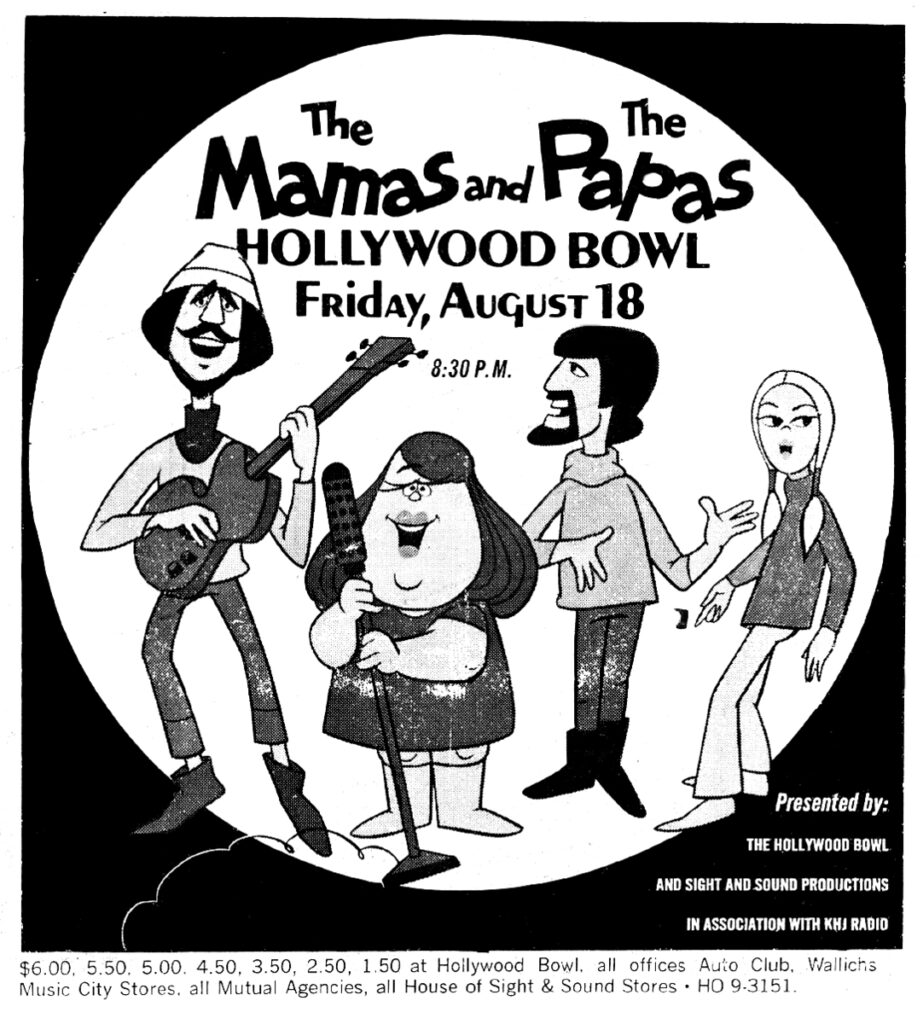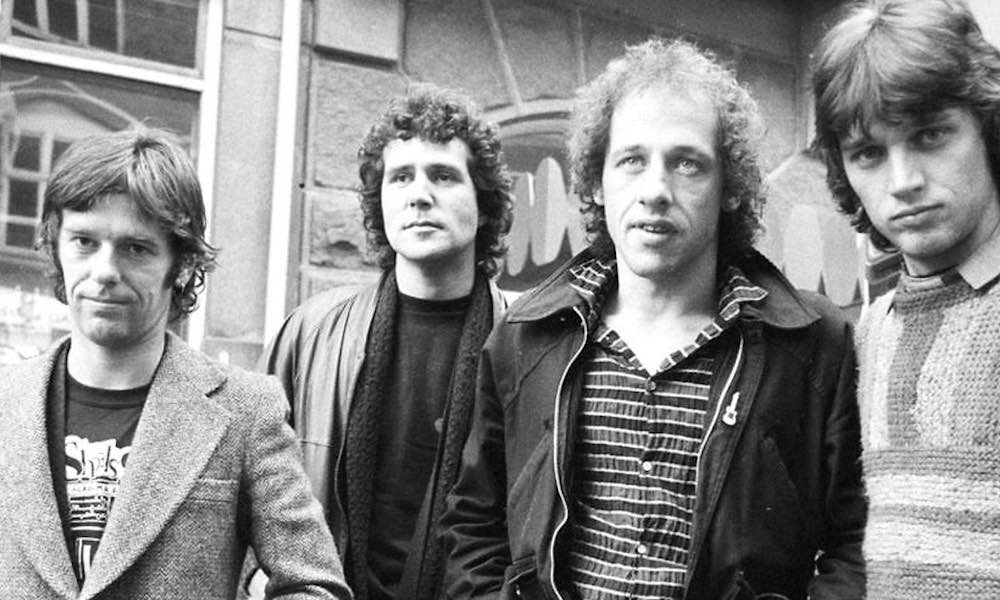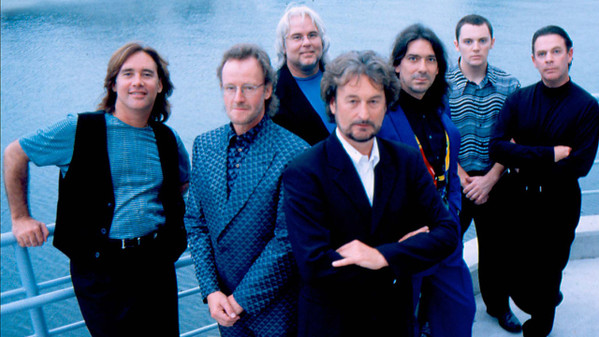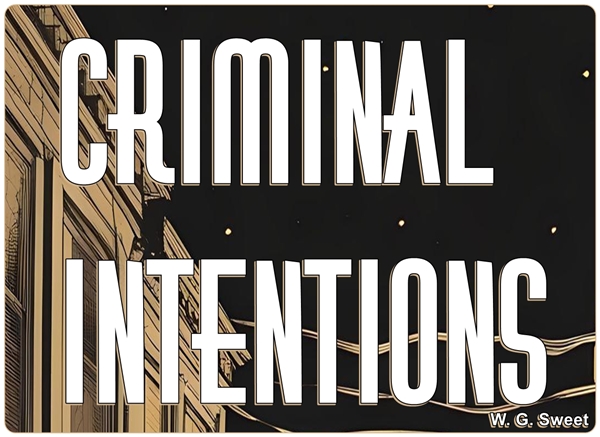
The Mamas & the Papas were an iconic folk rock band from the 1960s, known for their harmonious vocals and hits like “California Dreamin'” and “Monday, Monday”. The original members were John Phillips, Michelle Phillips, Denny Doherty, and Cass Elliot
Band Members and Their Children:
- John Phillips (1935-2001) had a daughter, Chynna Phillips, with Michelle Phillips, who is a member of Wilson Phillips. He also had a daughter, Mackenzie Phillips, who wrote about her tumultuous relationship with her father in her memoir.
- Michelle Phillips (born 1944) has three children: Chynna Phillips, Austin Hines, and adopted son Aron Wilson.
- Denny Doherty (1940-2007) didn’t have any children with his bandmates, but he was known for his close relationships with his bandmates.
- Cass Elliot (1941-1974) had a daughter, Owen Vanessa Elliot, born in 1967.

The Mamas & the Papas were a legendary band with some amazing hits. Here are some of their biggest ones:
- “California Dreamin'” (1965)
- “Monday, Monday” (1966)
- “Dedicated to the One I Love” (1966)
- “I Saw Her Again” (1966)
- “Creeque Alley” (1967)
Sadly, Cass Elliot, also known as Mama Cass, passed away on July 29, 1974, at the age of 32, due to heart failure. She was found dead in her apartment in London. The coroner’s report concluded that she died from a heart attack, likely caused by an undiagnosed heart condition.
Cass was known for her powerful voice, charming stage presence, and larger-than-life personality. Her death was a shock to fans and the music world. She’s buried at Mount Sinai Memorial Park in Los Angeles, California.
The Mamas & the Papas’ band dynamic was a wild ride of creativity, romance, and drama. Formed in 1965, the group consisted of John Phillips, Michelle Phillips, Denny Doherty, and Cass Elliot. John, the primary songwriter and leader, had a vision for a unique folk-pop sound, but his controlling nature often fueled tension within the group.

Romantic Entanglements:
- Michelle Phillips, John’s wife, had an affair with Denny Doherty, causing strain in the band.
- John Phillips had a tumultuous relationship with his daughter, Mackenzie, who later wrote about it in her memoir.
- Cass Elliot’s powerful vocals and charismatic stage presence made her a fan favorite, but she faced initial resistance from John due to her weight and appearance
Creative Partnership:
- The band’s harmony was built on John’s songwriting and arrangement skills.
- Their music reflected the free-spirited nature of the 1960s, with hits like “California Dreamin'” and “Monday, Monday”.
- Despite their personal struggles, they produced six Top 10 hits between 1965 and 1967
Downfall:
- The band’s personal conflicts, substance abuse, and creative differences led to their breakup in 1968.
- Cass Elliot pursued a solo career, releasing “Dream a Little Dream of Me” in 1968.
- The group’s legacy lives on, with inductions into the Rock and Roll Hall of Fame and the Vocal Group Hall of Fame
Surviving Members:
- Michelle Phillips is the last surviving original member of the band, still active in music and acting.

- Jill Gibson, who briefly replaced Michelle Phillips in 1966, is also alive.
home: https://www.wendellsweet.com














